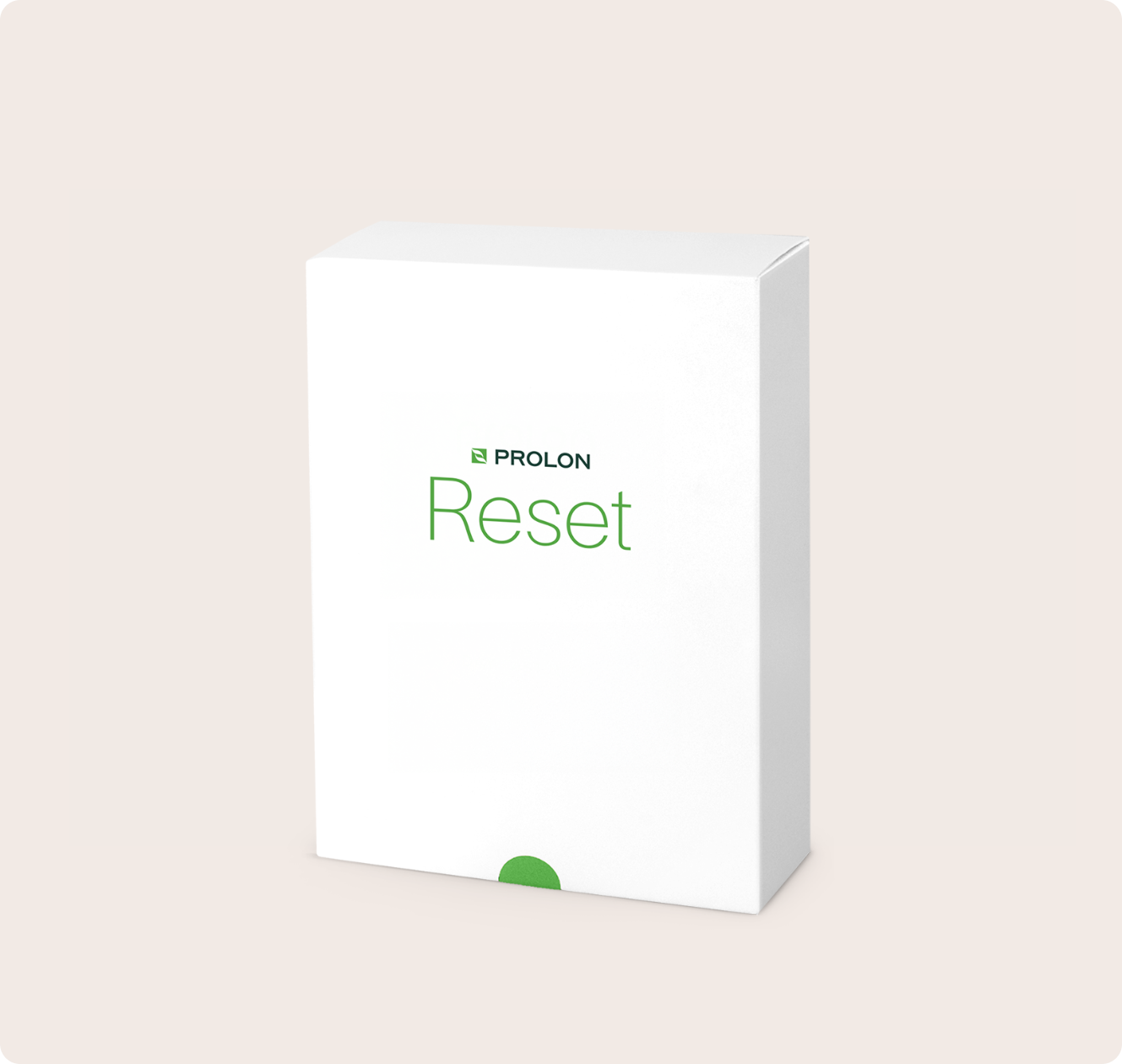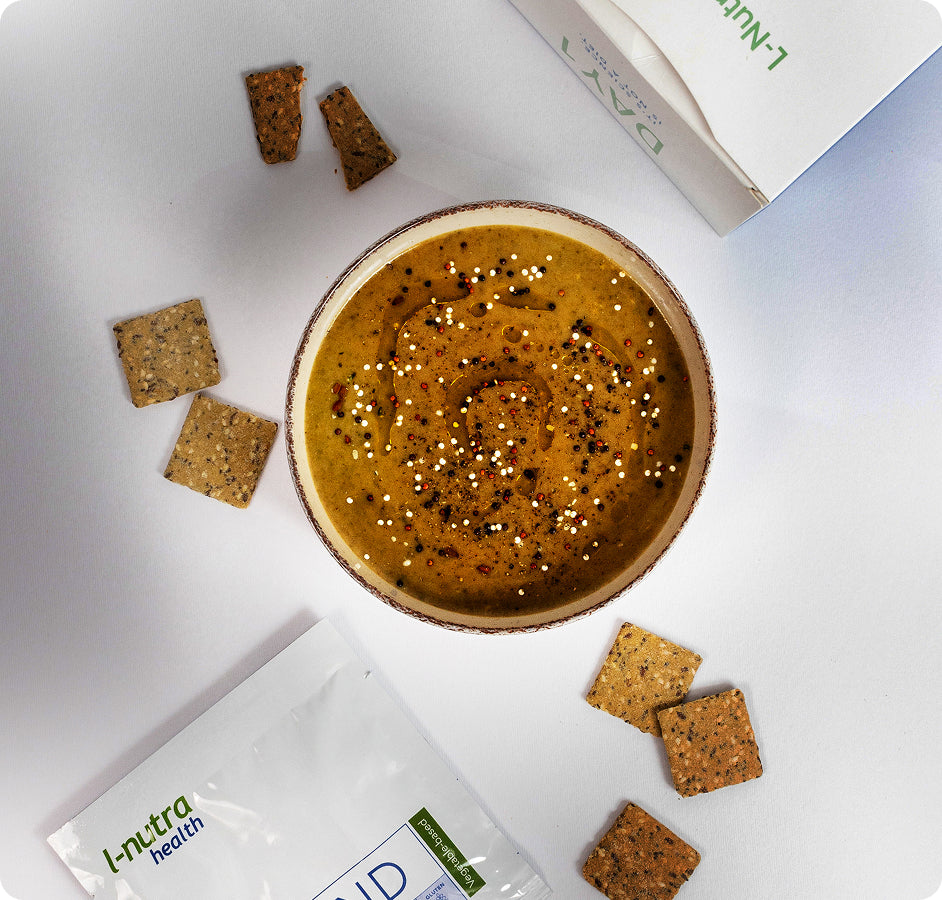Key takeaways:
-
Fasting has deep spiritual roots, and has been used for thousands of years across cultures as a tool for purification, clarity, prayer, and connection.
-
The 5-Day Fasting Mimicking Diet (FMD) offers not only physical benefits, but also may provide a unique opportunity to reset emotionally, mentally, and spiritually.
-
Stillness is part of the process. By stepping away from constant stimulation, fasting can create space to reconnect with yourself and experience a sense of calm, insight, or inner healing.
-
Approaching your fast with intention, through journaling, reflection, or quiet presence, can turn it into a meaningful personal ritual.
Fasting is widely recognized for its physical effects, such as supporting metabolic health, weight loss, and cellular renewal. But for thousands of years, long before being used as a scientifically validated health tool, fasting was used across cultures and traditions as a sacred practice.
While we often speak to the physical and emotional benefits of the 5-Day Fasting Mimicking Diet (FMD), it’s valuable to explore its potential for something deeper. In a world that rarely slows down, fasting creates space for healing and awareness, and a time to reset, reflect, and reconnect.
“I saw this as an opportunity to go deeper mentally—to explore how the mind and body could truly connect. What I found was a deep sense of joy and presence. I felt genuinely happy. And with that, a wave of gratitude came through.” — Roya, Prolon customer
Ancient practice, modern insight (and science-backed benefit)
Across cultures and faiths, fasting has long served as a pathway to the sacred, a means of purification, prayer, clarity, and connection to something greater. From ancient Egypt and Greece to early Christianity, Judaism, Islam, Buddhism, and beyond, fasting has been practiced not just to abstain from food, but to create space. A pause in our usual rhythms—meals, errands, workouts, and social events—offers the chance to step away from constant stimulation and reconnect with what’s beneath the surface. In that stillness, we’re able to hear ourselves more clearly, reflect, and gain insight.
This may be why many describe fasting as not just physically beneficial, but spiritually, emotionally, and mentally transformative. As the body undergoes renewal on a cellular level, the mind and spirit are often invited into a similar kind of restoration. And increasingly, modern research affirms what spiritual traditions have long intuited: contemplative practices like mindfulness, meditation, and prayer don’t just foster emotional well-being—they can lead to measurable improvements in physical and mental health.
Studies show that mindfulness enhances emotional regulation by activating areas of the brain associated with calm and awareness, while quieting regions tied to stress and fear. These changes can help us process difficult emotions more skillfully and feel more grounded, even during the more challenging days of a fast. When approached with intention and self-awareness, fasting may heighten these effects; the space it creates allows for emotional release, clarity, and a deeper connection to self.
Beyond reducing stress, mindfulness practices have also been linked to greater resilience, improved mood, and enhanced life satisfaction. Paired with the renewal sparked by the 5-Day FMD, the inner quiet cultivated through fasting isn’t just spiritually nourishing, but may also support real, whole-person healing.
A guide to using your FMD as your own spiritual practice
Spirituality means different things to different people. However you approach spirituality, using the 5-Day FMD with intention may make the experience more meaningful for you. Below are a few suggestions on how to deepen your connection to the process.
“I view fasting as a spiritual act. Prolon has become another powerful tool in my toolbox, especially for supporting patients experiencing burnout. It’s the most accessible way I’ve found to fast while practicing non-attachment, allowing life to flow and fully experiencing each moment.” — Dr. Arjune, psychiatrist
Day 1: Set your intention
Start with a few quiet moments to write down why you’re fasting. What are you ready to release, physically, emotionally, and mentally? What would you like to welcome in its place?
Day 2: Curiosity over cravings
As hunger arises, pause and observe. Ask yourself: What am I really hungry for? Is it habit, emotion, or something else speaking? Let awareness take the place of automatic reaction.
Day 3: Give yourself kindness and space
This is often the most challenging day for many, so be kind to yourself and unplug where you can. Feel what you're feeling, let it flow through you, know that it will pass, and then allow yourself to simply be. In the quiet, you may find a surprising sense of calm, clarity, or connection.
Day 4: Observe without judgment
Notice if any unhelpful thought patterns or limiting beliefs have come into focus and write them down, observing without judgment. You don’t have to fix or change anything. Just being present with what is can be deeply healing.
Day 5: Integration
As you complete your final day, gently tune into what feels different: physically, mentally, and emotionally. What insights surfaced? What might you carry forward?
Day 6 (Post-fast): Reflection and renewal
You’ve completed something meaningful—take a moment to recognize that and celebrate your achievement! In your journal, reflect: What challenged or surprised you? What did you learn? How would you like to move forward from here?
“With Prolon, I lean into the spiritual side of the experience—to use it as a time to really center myself. It’s such a beautiful practice to align your spirit, mind, and body. There’s so much clarity that comes from that connection.” — Amanda, Prolon customer
One thing to keep in mind during these five days is that fasting can sometimes bring suppressed emotions to the surface. Rather than resisting them, allow them to move through you. Cry, dance, move, write—whatever helps you process and release them. In our busy lives, it’s rare to have this kind of space for internal reflection and emotional release.
No matter how you approach your fast, even a few moments of awareness each day can transform it into something deeper and more expansive—a gift in a time when distraction is constant and true presence is rare.
Sources:
Hölzel BK, et al. "Mindfulness practice leads to increases in regional brain gray matter density." Psychiatry Res. 2011.
Koenig HG. "Religion, spirituality, and health: The research and clinical implications." ISRN Psychiatry. 2012.














































